According to this source, the first museum or the oldest, can be found in Rome and dates back to 1471. It was founded after Pope Sixtus IV donated a number of important ancient bronzes to the people of Rome. So the concept of museum is not new, but the museums we know today appeared much later. Museums today are a place where you can get a good dose of knowledge and with the developing technology much more will be possible in the near future.
However, even though animation can help recreate scenes from ice age for example, old objects in their real, physical form can't be faked. This is why seeing century old objects is blessing.
In February I visited and exhibition about the history of Transylvanian colleges. I had the chance to speak to the museum's curator and learn things that were not mentioned on the boards.
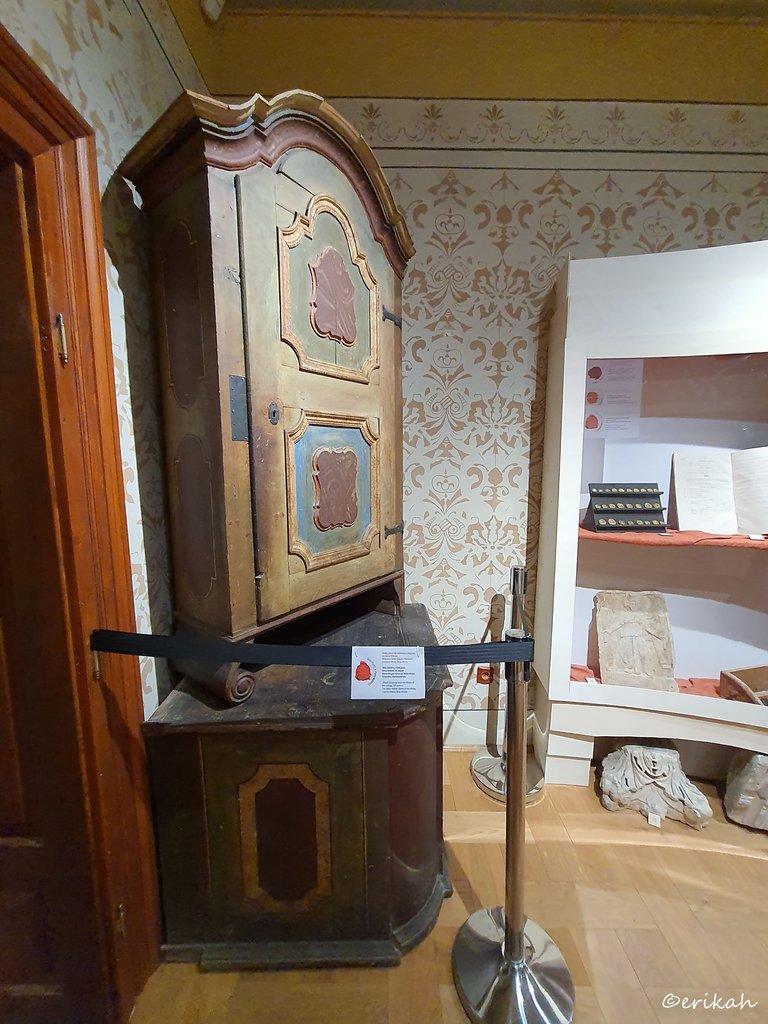
This is a Theca showcase from the library of a college from the 18th century. This showcase used to be in use at the college, but after 3 centuries, it has become a museum object. I'm not sure how I would feel with such a showcase in my house as furniture these days is much more simple (or at least the one I prefer), but I love these pieces and am glad to see them every time I visit a museum.
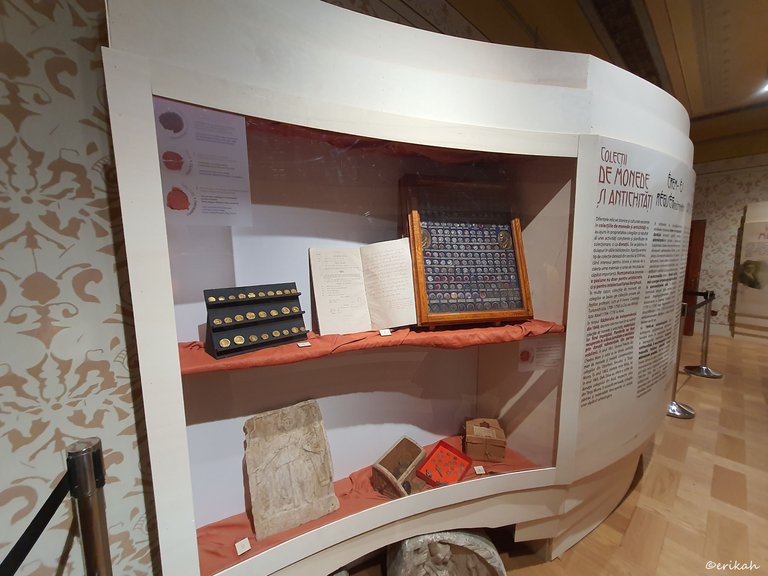
Next there was a coin collection, which is common in museums as archeological discoveries always contain coins, but these were not that old and also better preserved or should I say perfectly preserved. At first I thought I would take a few close up photos, but the light coming from behind and the glass cover made it totally impossible. Would have been nice to see those coins from close though.

Here you can read about how these collections gained importance.

A collection of weapons and armors, something you often see in museums as these objects remain after battles and are also important part of those times. Today battles and wars are fought with different weapons and methods, so swords have a decorative role at best, but these old pieces are still important as these pieces led to where we are today in terms of weapons and firearms.
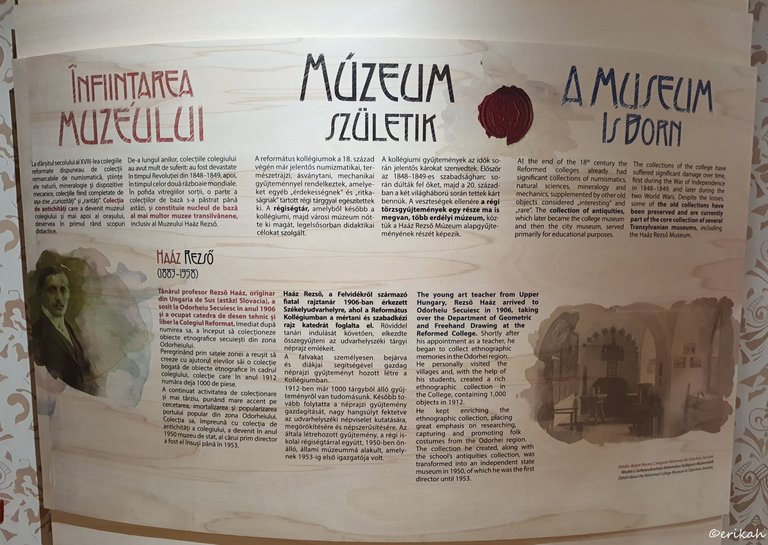
According to the board, those objects that at first were collected because they were interesting, became part of the college museum, then later ended up in the city museum. There's a huge chance you can still those items in different museums ans are even more valuable now, due to their age. We're heading towards a cashless financial life, so coins like these are already rarity.
There's a museum in Udvarhely (Romanian name Odorheiu Secuiesc), called Rezső Haáz. I was planning to visit the museum last year, when I was in the area, but there wasn't enough time (never is) to see everything. Haáz is a name, obviously, which means the museum got its name from a person and usually for a good reason as you don't name museums or streets after random, unknown people, right? Well, now I know who Rezső Haáz was as there's a nice description about the gentleman here and he contributed greatly to growing the museum's collection, that is wearing his name today.
He was an art teacher at the Udvarhely's College and managed to grow the collection to more than 1000 items in 1912 by roaming the area and collecting items. His collection was hosted by the national museum and the interesting thing is, he was the first director of the museum. Imagine the honor, being a director of a museum were the collection exhibited is your own work.
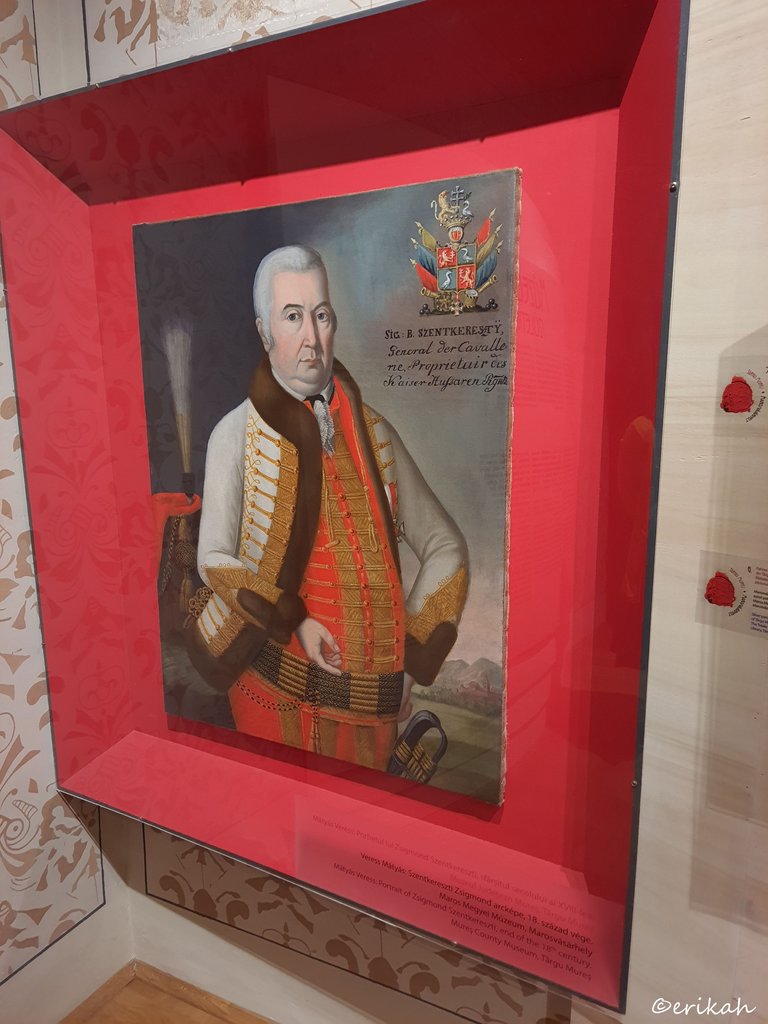
Portrait of Zsigmond Szentkereszti, from the 18th century.
The reason I wanted to post this painting is to show you what portraits looked like back then. The first photograph was only taken long after the 18th century ended, in 1827. So before photography existed, the only way for people to leave behind their image was through paintings. These paintings were commissioned and made to their likes. Which means sometimes had little to do with reality because obviously everyone wanted to look good, better than they looked in reality. Thus, take these paintings with a pinch of salt.
Back o the painting, I have been posting art forever and portraits too, but nothing similar to what you see here. Look at how (almost) perfect the painting is. You don't see such artwork these days. Most likely because for this quality, you have photograph and painters like to let their creativity free. They are not in danger of losing their head to guillotine anymore, like back in those days, if the portrait was not what nobles and royalties liked.
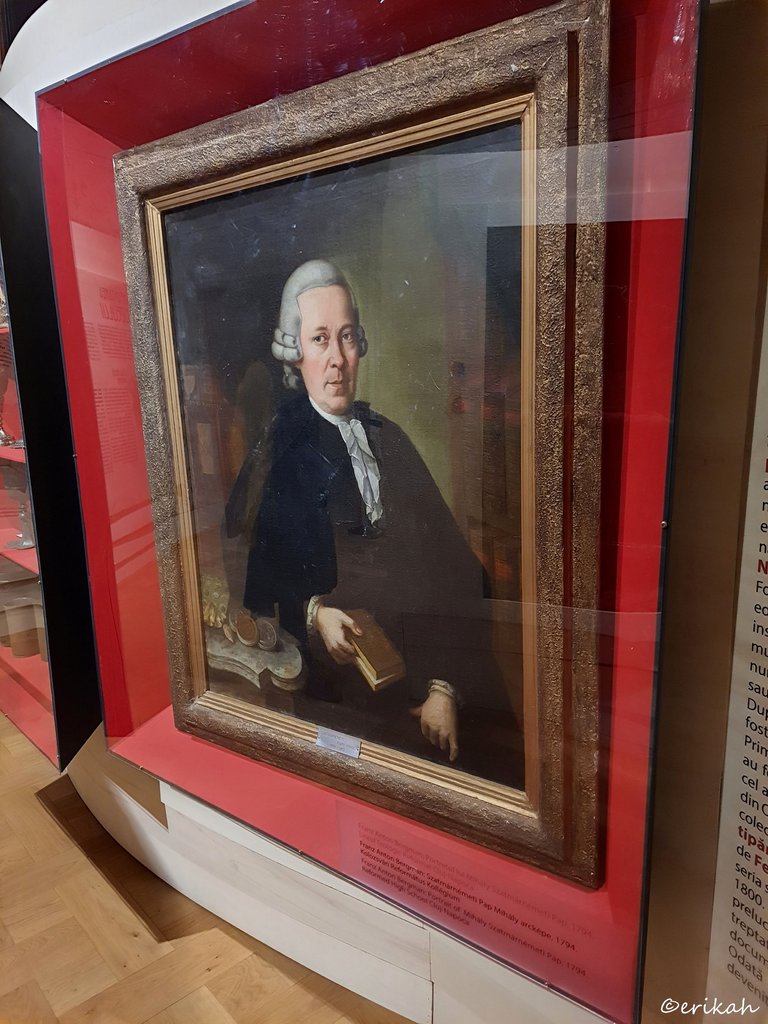
Portrait of Franz Anton Bergman, from 1794. The same thing applies here. These paintings were under glass, so taking a better photo was out of the question, but I still wanted to show you these paintings in case you haven't seen paintings this old before.
It was a very interesting trip back in time and this is how you can see and appreciate the progress made since then.

If you're a newbie, you may want to check out these guides:
- Communities Explained - Newbie Guide
- Cross Posting And Reposting Explained, Using PeakD
- Hive Is Not For Me
- How To Pump Your Reputation Fast - Newbie Guide
- Tips And Tricks & Useful Hive Tools For Newbies
- More Useful Tools On Hive - Newbie Guide
- Community List And Why It Is Important To Post In The Right Community
- Witnesses And Proposals Explained - Newbie Guide
- To Stake, Or Not To Stake - Newbie Guide
- Tags And Tagging - Newbie Guide
- Newbie Expectations And Reality
- About Dust Vote And Hive Reward Pool, by libertycrypto27


